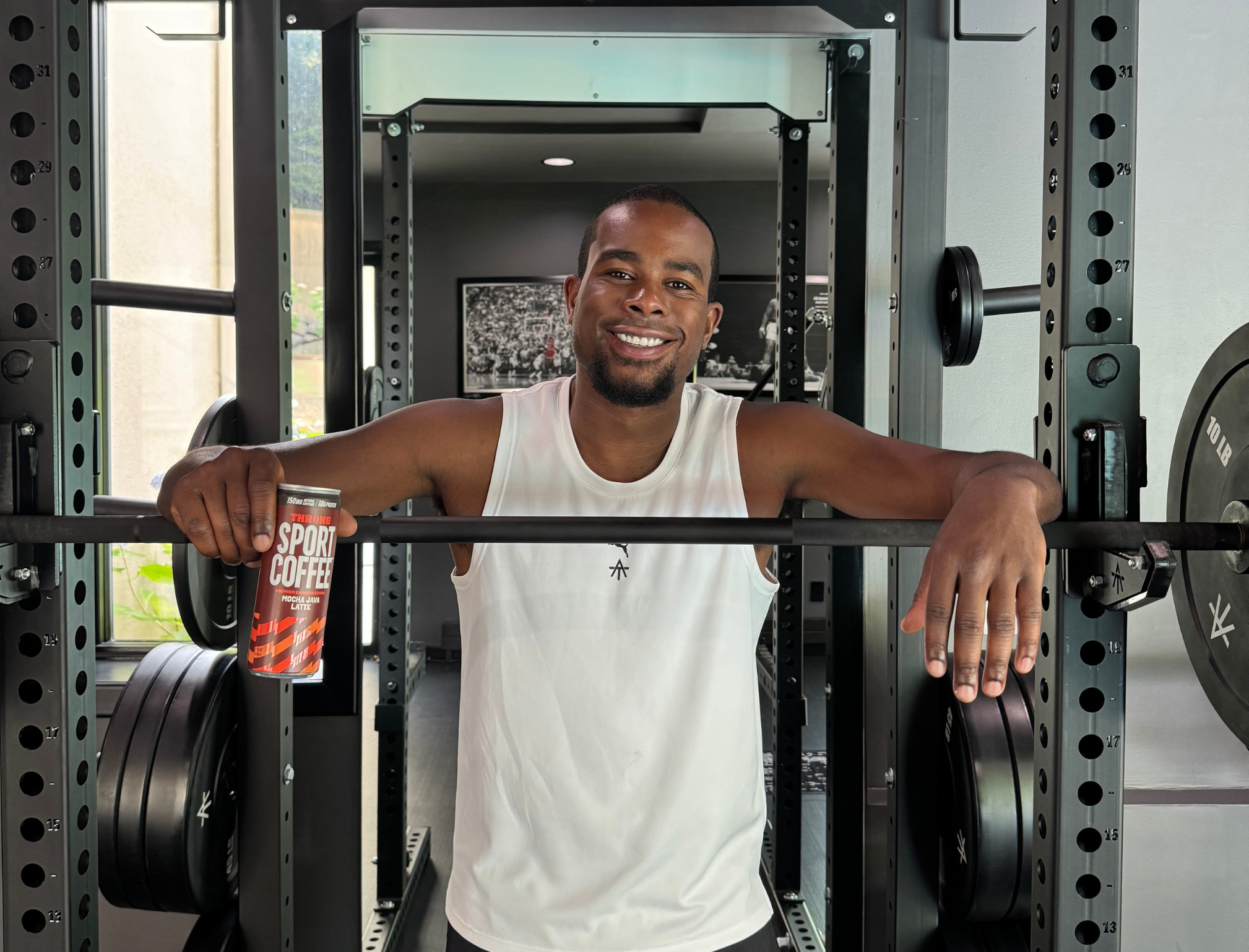If you're the kind of person who loves to hit the weights hard, then you know that injuries are always a risk. But what do you do if you find yourself injured while lifting? Here’s the breakdown.
Stop exercising and assess the pain
Failure to listen to the warning signs can lead to serious injury and long-term damage. When it comes down to it, taking the time out of your workout to evaluate any pain or discomfort you're feeling is essential. Don't push yourself too hard — it's not worth the potential consequences. Instead, pause the workout and give yourself a few minutes to assess the pain. How would you rate the pain on a scale of 1-10? Does it feel musculature or joint-related? Where is the pain located precisely? Asking these questions can help you determine the severity of your pain and will help you communicate exactly what you are feeling if/when you speak to your doctor.
Cool down and head home
If you’ve given yourself a few minutes to assess the pain, and it doesn’t subside, it’s time to wrap up your workout. Leaving the gym with unfinished business is frustrating, but it’s better to stop while you’re ahead. Don’t risk worsening your pain just for a few more lifts. The weights will still be here when you’re feeling better.
Once home, you can apply a cold compress to help reduce inflammation and swelling. Apply a cold pack for 20 minutes at a time, with 20 minute breaks in between. Ice is recommended for the first 24 to 72 hours, but after that, studies have shown that icing doesn’t really have many benefits past this point. If your injury is still causing you pain and doesn’t seem to have lessened, it may be time to seek a professional opinion.
Check your ego and call a doctor
Ignoring your symptoms won't help you in the long run. Don't waste time being embarrassed or prideful - call a doctor if you think something is wrong. A professional opinion can help get your recovery going in the right direction. That means removing guesswork and not taking chances. We get it — you want to return to the gym ASAP, but you can't always trust yourself to make the best judgment call. Don't be afraid to ask for help. Take a few days away from lifting to get back on track.
Stick to the doc's orders and follow your recovery plan
Once you've seen a doctor and have an official diagnosis, you get to follow their recovery plan. This might mean getting physical therapy or something as simple as resting.
If a healthcare professional prescribes something for your injury, take it seriously and stick to the plan. Too many people have re-injured themselves by taking shortcuts or not taking the time to heal correctly. Don't be one of those people — take all the necessary steps to ensure a full recovery, and don't cut corners. We know this can be frustrating, but following the prescribed plan is the best way to ensure you’re back to lifting and feeling good as soon as possible.
Re-master your form before revving up your workouts
When you're ready to get back into the gym after an injury, it's essential to re-master your form before ramping up your workouts. Acknowledge your body may not feel or move the same as it did pre-injury, and take extra precautions before increasing your workouts' intensity again. Start with light weights or bodyweight exercises to ensure your form is still sound. Most injuries can be prevented with proper form and technique.
You may also want to add in a warm-up routine, if you didn’t have one before. A proper warm-up has been shown to significantly reduce injuries, and only needs to take around 3-5 minutes to be effective.
Listen to your body, and throttle it up carefully
Once you've re-mastered your form, slowly increase the intensity of your workouts. Start with light weights and work your way up until you're ready for heavier lifts. If you want to increase the amount of weight you're using, increase it incrementally. Listen closely to what your body is telling you. If something doesn't feel right, don't brush it off — ease up on the weight and re-evaluate. You can push yourself safely or end up making things worse. Avoiding injury is far easier than taking the time to recover from another one.
Injury can happen at any time when working out, but that doesn't mean it has to derail your progress. Take the appropriate steps to assess and treat pain, trust the medical professionals, follow through with recommended treatments, and take the slow-and-steady approach. Do these things when reintroducing intensity to protect yourself from future setbacks. Take it from us — you'll come back stronger and more resilient if you follow these steps.
Get the headlines delivered straight to your inbox.

.png)





.jpg)




